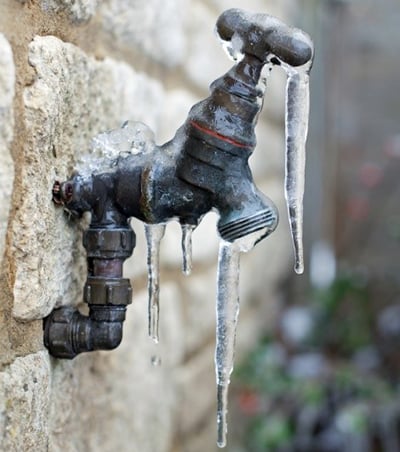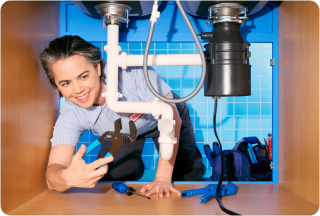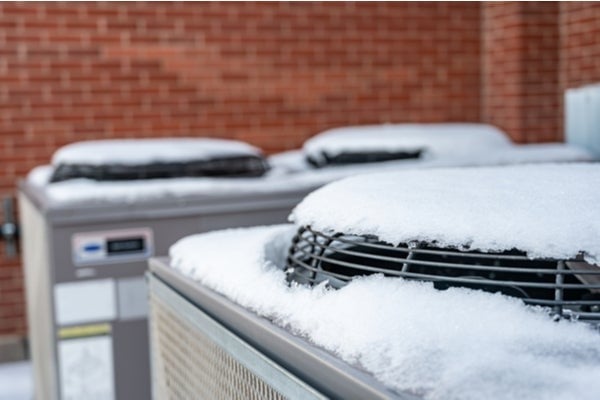Is there anything worse than waking up on a cold winter’s morning to the sound of rushing water, only to discover that a pipe has burst somewhere under or, god forbid, inside your house? Frozen pipes can be a nightmare, and burst pipes are among the most common causes of property damage during the winter. Even interior pipes can burst if temperatures drop far enough.
Fortunately, there are ways to prevent frozen pipes. Take the right steps to prepare your pipes for winter, and you’ll stop frozen pipes from wreaking havoc on your home.
The Damage Frozen Pipes Can Do
Pipe freezing is a huge problem because of the significant damage it can do. Water expands when it freezes, and this can put immense pressure on pipes. When water pipes become frozen, the pressure of the expanding water can cause the pipes to break, and that can cause water damage, corrosion, and rust. Your home warranty may not cover frozen pipes, but they can be prevented.
Steps for Preventing Frozen Pipes in Winter
Before the weather turns frigid, take steps to prevent your pipes from freezing. Pipes that are exposed to the elements are most likely to freeze. These include swimming pool supply lines, outdoor hose bibs and spigots, water sprinkler lines, and pipes in unheated areas, like basements, attics, crawl spaces, garages, or even in kitchen cabinets. Pipes that run against poorly insulated exterior walls are also at risk.
Prepare your pipes for winter by shutting off the water and emptying any outdoor pipes and spigots. Drain the swimming pool and sprinkler lines. Drain and store hoses. Turn off the inside valve to outdoor bibs and spigots, but leave the outside valve open to both drain the exterior pipe and allow any water remaining inside it to expand without breaking the pipe.
Protect pipes in your attic, basement, crawl space, or garage by adding insulation to these areas. This will raise the overall temperature in these places to stop frozen pipes. You should also insulate pipes in unheated areas, including in kitchen and bathroom cabinets, against exterior walls in garages, attics, crawl spaces, or basements.
You have some options when it comes to insulating your pipes. The best thing to do is install a pipe sleeve, heat cable, or heat tape on exposed pipes. If you can’t afford this or temperatures in your area don’t typically drop far below freezing for extended periods, you can wrap newspaper around your pipes to insulate them. A quarter-inch of newspaper can provide important insulation to keep pipes from freezing in milder climates.




